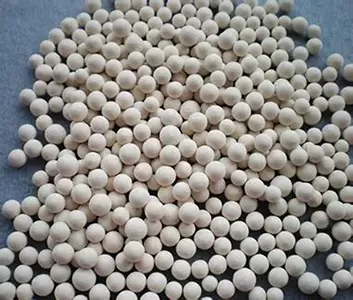molecular sieve preparation starts with blending raw materials, typically silica sources (e.g., silica gel), alumina sources (e.g., aluminum hydroxide), and alkali metals (e.g., sodium hydroxide). These are mixed in precise ratios with water to form a gel, which serves as the precursor for the sieve’s crystalline structure.

Hydrothermal synthesis is the next critical step. The gel is heated in a sealed autoclave at 80–200°C under pressure, promoting crystallization. During this phase, the mixture forms uniform pores and a framework structure, with the temperature and reaction time dictating the sieve’s pore size and type (e.g., 4A, 13X).
After crystallization, the solid product is filtered, washed to remove excess alkali, and dried. This removes impurities that could block pores, ensuring optimal adsorption performance. The dried material is then calcined—heated to 400–600°C in air or inert gas—to remove organic templates or residual water, stabilizing the crystalline structure.
For industrial use, the calcined molecular sieve is often shaped into pellets or granules suitable for packing in columns. These forms enhance mechanical strength and ensure uniform flow in adsorption processes. Each step is carefully controlled to produce molecular sieve with consistent pore size, surface area, and adsorption capacity, tailored to specific industrial needs.

